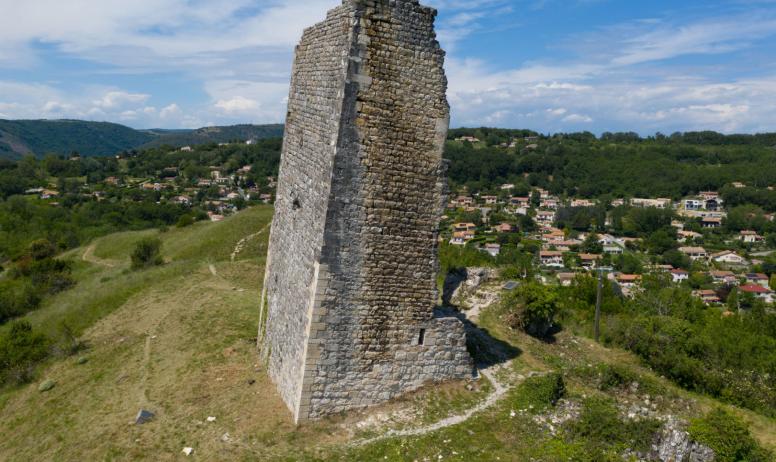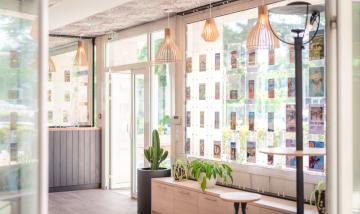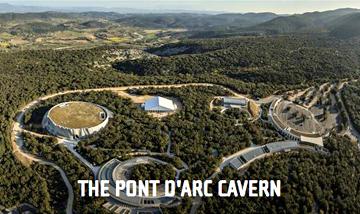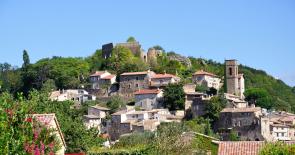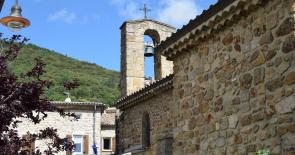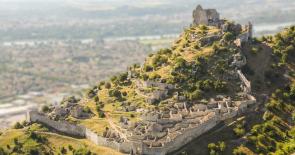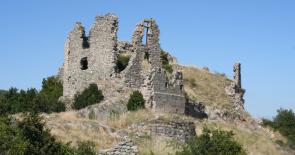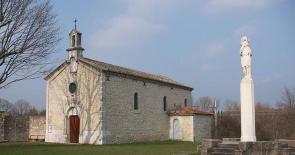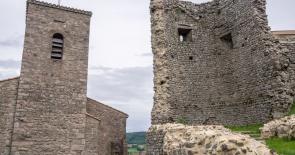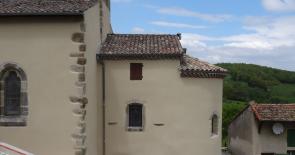This limestone eminence of 218 meters of altitude dominates the village of Soyons. From this massif, you have a remarkable observation point over the Rhone valley, the Vercors massif to the east, the Ventoux massif to the south, ...
The history of this massif is linked to a succession of periods of occupation and abandonment by man. First of all, successive sentences of habitats of protohistoric populations have been noted, their first traces appearing around the 7th century BC. The people of the Segovellauni settled on this plateau of Malpas their oppidum, a fortified habitat that was to undergo several destructions and reconstructions. The Segovellaunians venerate a native goddess named Soïo, whose altar was found in the ruins of the Saint Gervais Chapel located on the edge of the cliff.
The protohistoric oppidum was abandoned in the first century AD. The reoccupation of the plateau is then attested from the 2nd century / 4th century then ceased around the 6th century / 7th century in favor of a village located at the foot of the cliff.
During the Middle Ages, the populations reinvested the Malpas. In the 13th century, the plateau and the village below are equipped with fortifications. A natural fold, the path known as the "Straps", located on the cliffside, provided a link between the two places. Nowadays only a few remains of the medieval ramparts and the "Leaning Tower" located on the highest point of the plateau remain.
Dated from the late 12th/early 13th century, this quadrangular tower had three levels. The first and the second level show a departure of vaults. On the second level there are still two daylight slots at the same floor level; there is also the start of a semicircular bay.
During the wars of religion, the massif and the village were the object of several sieges and destruction. The tower was first attacked by Catholic troops in 1627. The Protestants restored it in 1629. However, shortly afterwards, the complete ruin of the medieval village and fortifications took place at the end of the siege of April 1629: the royal army of Louis XIII, placed under the command of the Duke of Montmorency, laid siege to Soyons, a Protestant stronghold under the orders of Captain Chambonnet who was then appointed Governor. After a few days of fighting, the Duke of Montmorency occupied the place and had it completely razed to the ground. The demolition work is the cause of the state and the inclination of this tower, one of the rare vestiges of this historical period.
The royal army then took control of navigation on the Rhône, allowing it to be supplied with ammunition to attack Privas and the Boutières.


